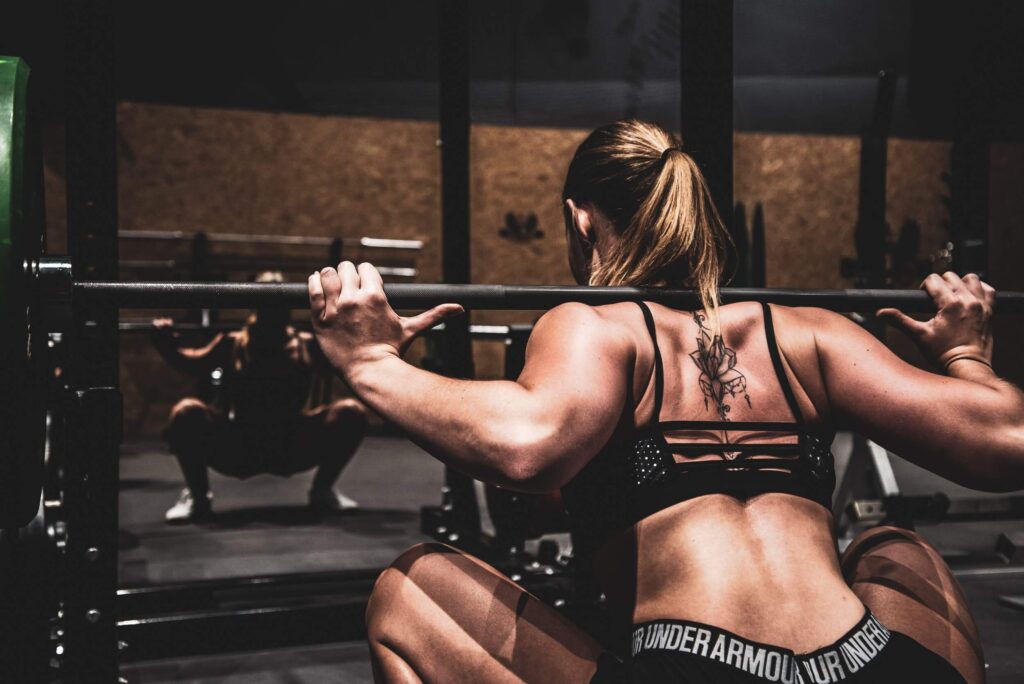Over the past couple of decades, CrossFit® training has grown exponentially, with the number of CrossFit centres or “boxes” increasing each year. The origins of CrossFit date back to 1995, when the founder, Greg Glassman, opened a gym in California, where he had been hired to train a police department.
This created the perfect platform to train individuals. And being a youth gymnast, an avid bicyclist and a believer in weightlifting himself, Glassman brought all of these aspects of physical training together and formally established CrossFit in 2000—rooted in the essence of cross-training.

Highlights
- CrossFit aims to enhance 10 key physical skills—cardiovascular/respiratory endurance, stamina, strength, flexibility, power, speed, coordination, agility, balance and accuracy—as shown in the accompanying image,
- CrossFit trains you to be accustomed to all the energy systems—phosphagen, glycolytic and oxidative—due to the constantly varying stimuli and an extensive list of events an individual is subjected to,
- CrossFit training demands one to function at high intensity over a long duration of time. The cumulative effect of these demands over a training cycle can lead to overtraining, which can affect the athlete in multiple ways—metabolically, psychologically and physically.
The CrossFit community grew as it shifted from individual one-on-one sessions to group-training classes. This kickstarted the explosion of CrossFit, which currently has over 13,000 boxes worldwide. With set workouts and adaptable training stimuli, CrossFit facilitates working out on the go and provides an individual a certain level of independence.
This article discusses the various aspects of CrossFit and explores whether it may be used to train professional athletes from other sports. Let’s dive deeper into what constitutes CrossFit and its application in training pro athletes.
CrossFit Training for Pro Athletes
CrossFit aims to enhance 10 key physical skills—cardiovascular/respiratory endurance, stamina, strength, flexibility, power, speed, coordination, agility, balance and accuracy—as shown in the accompanying image.
These skills are built by incorporating movements from a variety of disciplines, including gymnastics, weightlifting and sprinting or high-intensity work in various forms. CrossFit training is fairly robust as it exposes individuals to multiple training stimuli, creating training adaptations in various physical qualities, which can be seen as a generalized approach to physical training.

When it comes to professional sport, there is a degree of specificity required while preparing an athlete for their respective competitive event. However, in the earlier stages of training—a phase called “general physical preparedness”, the elements of CrossFit can be beneficial to the overall development of the athlete as it exposes them to these varying stimuli. In this early stage, the “jack of all trades, master of none” approach may be implemented for pro athletes.
As we go up the pyramid of specificity, as seen in the accompanying image, the generalized aspects of training are slowly cut out and the programme becomes more tailored towards the sport. This shows us the inverse relationship that exists between CrossFit and sport-specific training.

CrossFit and the energy systems
From a physiological perspective, we can appreciate that CrossFit trains you to be accustomed to all the energy systems—phosphagen, glycolytic and oxidative—due to the constantly varying stimuli and an extensive list of events an individual is subjected to.

In contrast, a single-effort sport like javelin throw or sprinting will primarily use only two of these energy systems—the short-acting phosphagen system for power and the oxidative system for recovery. This further highlights the need for training specificity in athletic preparation and how training in CrossFit alone might deter this.
Examples of CrossFit training for pro athletes
Elements of CrossFit training may be included in the earlier stages, i.e. in the off-season and pre-season training for professional athletes. This comprises various time- and rep-based workouts with fairly high intensities and different movement patterns—a good tool to build endurance, lose fat and condition the athletes for the season ahead. A few examples include:
- EMOM: Every minute on the minute (running clock with fixed reps)
- AMRAP: As many rounds/reps as possible (fixed time, unlimited reps)
- Tabata: Interval training with work and rest intervals (alternating effort and rest)
The danger of overtraining
Traditionally, CrossFit training demands one to function at high intensity over a long duration of time. The cumulative effect of these demands over a training cycle can lead to overtraining, which can affect the athlete in multiple ways—metabolically, psychologically and physically. Hence, a proper understanding of the elements of CrossFit and the requirements of the pro athlete is vital.

Conclusion
To bring it all together, there is no certain yes-or-no answer to this question. CrossFit is a great training tool to build robust individuals and provide varying stimuli on a regular basis. This is not necessarily ideal for a professional athlete who trains for a particular sport or event, as a large amount of specificity is required to prepare them for success in their respective sport.
However, as discussed earlier, certain elements of CrossFit can be used in certain situations where the training can be more generic, i.e. in the preparatory stages of an athlete’s season. A clear understanding of the needs and requirements of the athlete and the respective sport is essential before including the elements of CrossFit in a training regimen.
Applying certain aspects of CrossFit, at the appropriate intensity and at the right time in the training cycle, can prove to be beneficial for a pro athlete. On the other hand, the opposite might occur if this aspect is overdone; this can lead to a state of overtraining which is detrimental to the athlete.
Disclaimer: The contents of this article are for general information and educational purposes only. It neither provides any medical advice nor intends to substitute professional medical opinion on the treatment, diagnosis, prevention or alleviation of any disease, disorder or disability. Always consult with your doctor or qualified healthcare professional about your health condition and/or concerns and before undertaking a new healthcare regimen including making any dietary or lifestyle changes.
References








